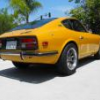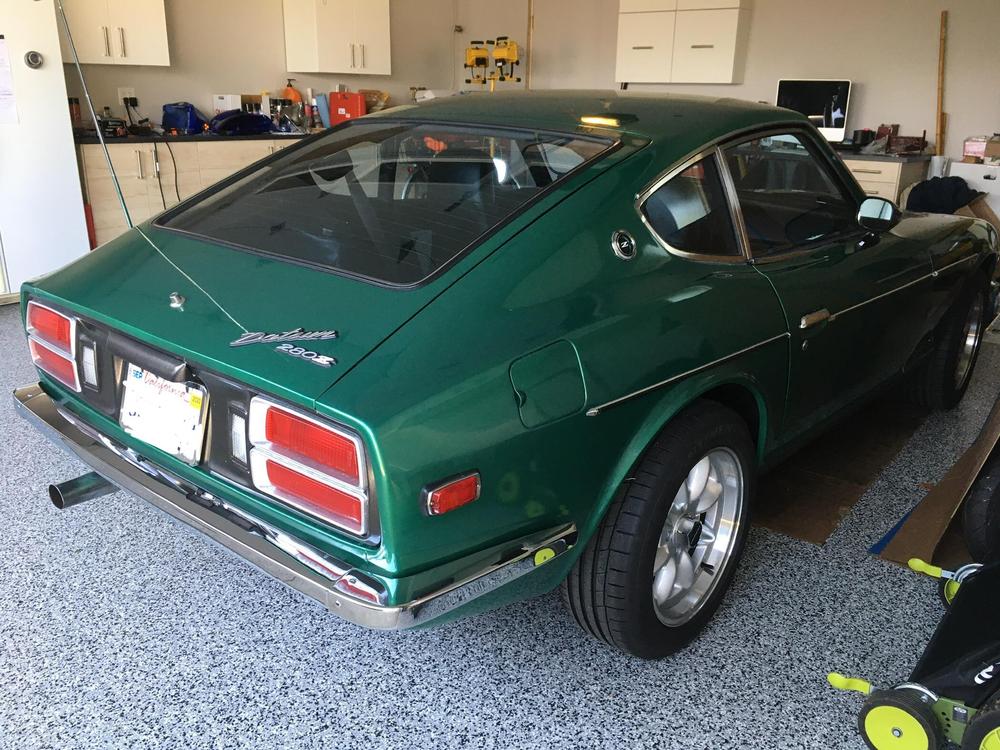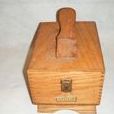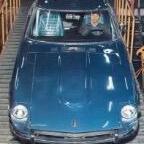I'm in the process of rebuilding a one, maybe two, or three, not sure, FC5W71B transmissions.
It's just about the LAST thing I have yet to do on (to?) a Datsun. Always thought it was too hard and needed too many special tools. It's not.
I want to record details of what I found and did along the process, but not in the usual way.
-I will NOT take a video of the whole process. There are plenty great ones on YouTube. I WILL record the URL's of any helpful video's I find to help centralize the source for those videos and maybe critique each one's strengths.
-I will NOT add the 300 photos I will take along the way. I WILL take photos and add notes on the tricks and traps and useful organizational methods I found and used along the way.
-I WILL make one post that lists ALL the tools I needed. Some I bought, some I modified, some I made, to help you to understand what you will need if you try this. This will either convince you can or CAN'T (or shouldn't)
-I WILL encourage you to attempt this yourself. It is not hard, it is just very detail oriented.
-I WILL list parts sources for parts I find, especially new sources.
-I will make notes about commonality I find between the various 4 and 5 speeds, if that turns there are enough to mention. For example I need a 1-2 shift fork for a 82-83 trans. What other trans have the same fork? Any? Stuff like that.
Now onto the good stuff

 Subscriber
Subscriber 2Points2,228Posts
2Points2,228Posts














